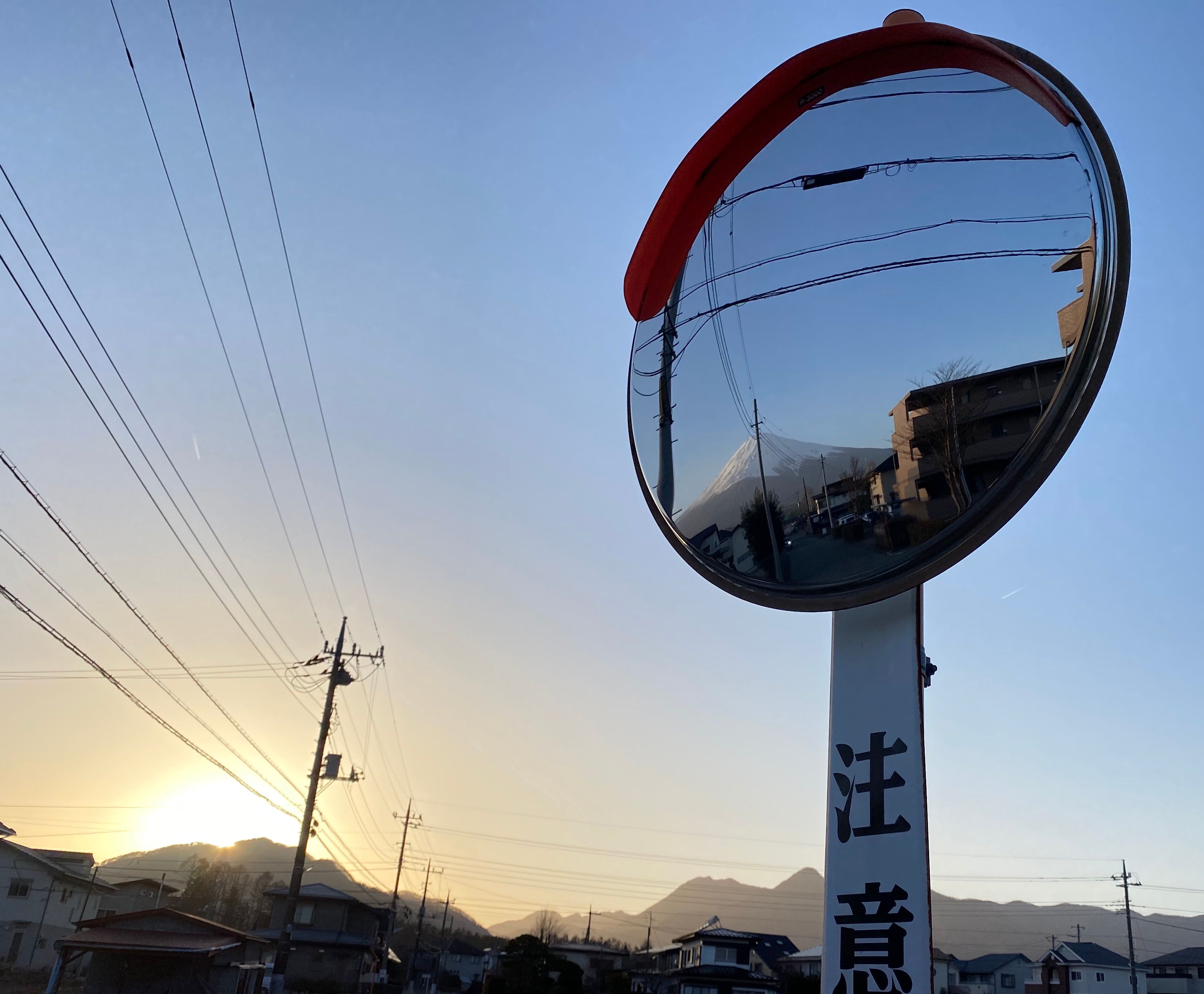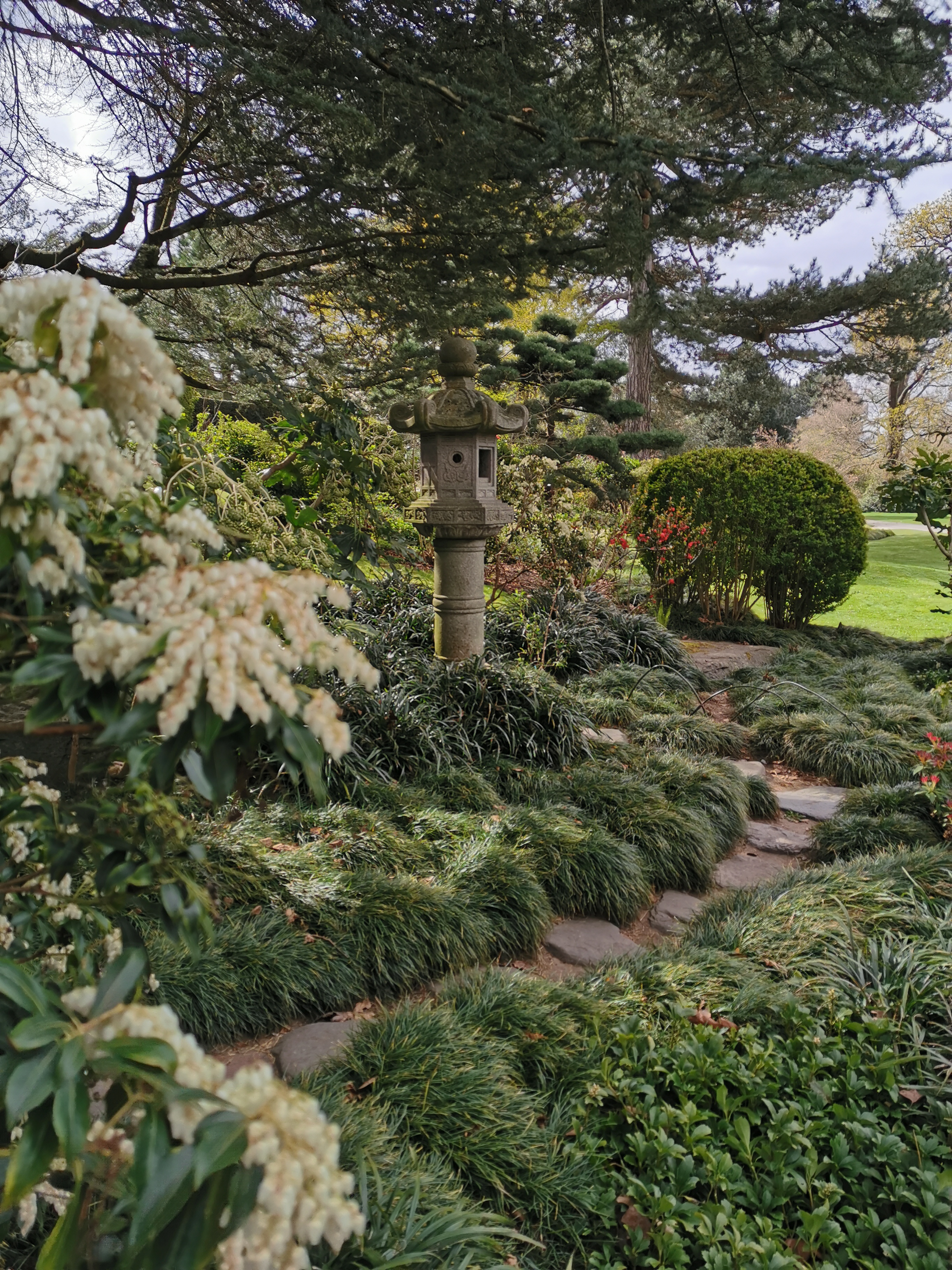
Miyagi prefecture has nothing to do with Mr. Miyagi from The Karate Kid. But it does have everything to do with natural beauty, interesting local history, ocean-fresh seafood - and hordes of island-dwelling cats.
Facing the Pacific Ocean in northwest Japan, Miyagi is buffered by a stretch of 1,000 metre-high mountains to the west, and an intricate sawtooth coastline to the east. Pine-clad islands dot the waters of Matsushima, a coastal town just outside Sendai, Miyagi’s capital. Studded with 260 small, jewel-like islands covered in pine groves, Matsushima Bay has long been known to offer one of Japan’s three most scenic views - it now also holds an impressive three stars in the Michelin Green Guide.
The bay is far from the only place of scenic beauty in Miyagi. Transformed into a valley of fiery hues every autumn, Naruko Gorge is one of Japan’s top autumn foliage locations. A visit to the gorge pairs well with a visit to the nearby kokeshi museum, dedicated to the colourful, big-headed dolls that are a speciality of the region. Meanwhile, the Zao mountain range cradles the picturesque, cauldron-like Okama Crater Lake and is infested by ‘snow monsters’ in winter.
Today, Sendai is the Tohoku region’s largest city, but formerly it was the castle town of the powerful daimyo lord Date Masamune. The remains of Sendai Castle stand on a hill overlooking the city, while several shrines and temples connected to the Date family are scattered around it. As the largest city in Tohoku, Sendai is a regional transport hub, with excellent access links to other parts of Japan: catch the Tohoku bullet train in from Tokyo, or fly in to Sendai Airport. Every summer, the whole town is festooned in giant colourful paper streamer decorations for the Sendai Tanabata festival, the largest Tanabata festival in Japan.
Finally, don’t miss Tashirojima Island, also known as ‘cat island’, a short ferry ride from Ishinomaki city, whose several hundred feline occupants far outnumber its elderly human inhabitants.
1. Explore Temples and Shrines in Sendai

Miyagi’s prefectural capital of Sendai was founded around 1600 by Date Masamune, one of the most powerful feudal lords in the Edo period (1603-1868). Many of Sendai's tourist attractions are related to Masamune and his family. Trace the lineage and legacy of the Date family with visits to some of the shrines and temples connected to their name.
Start off at Rinnoji Temple, to the north of Sendai’s downtown area. Founded in 1441, it was the Date family temple. At first glance, the shrine’s unvarnished wooden exterior may look rather unexceptional, but don’t be fooled - tucked away behind it is an outstanding Japanese garden with well-tended plants, ponds full of koi carp, and an elegant original three-storied pagoda.

Next, head to Osaki Hachimangu, the Date family shrine. Date Masamune ordered its construction in 1607 and it is dedicated to Hachimangu, the Shinto god of war. It is a striking example of Date style and architecture, very different to the plain, unadorned style of Rinnoji Temple. The main buildings are covered in jet-black lacquer with ornate gold leaf and colourful accents hidden under the eaves. While you’re there, make sure to get yourself one of the unusual omikuji (fortunes) on black paper.
2. Join in Sendai Tanabata Festival

Tanabata summer star festivals are celebrated all over Japan, but the festival in Sendai is the largest and most famous such festival in Japan. Tanabata is celebrated on 7th July in most parts of Japan, but the Sendai Tanabata Festival is held on 6th-8th August in accordance with the lunar calendar.
During the festival period, the streets of Sendai are bedecked with gigantic, brightly-coloured three to five metre long paper streamers and other decorations made from coloured paper and bamboo which are put up in the shopping arcades and other streets in front of Sendai Station and in many other parts of the city. There are seven decorations (called Nanatsu Kazari), embodying prayers for different aspects of life, which are unique to Sendai’s Tanabata festival. See if you can spot examples of them as you stroll around the town enjoying the flamboyant decorations and cheery festival mood.
Fireworks, parades, concerts, music and dance performances, and street food markets are also held to mark the festival. Find out more about the festival here.
3. Marvel at a Michelin-starred View in Matsushima

It’s a little-known fact that there is a Michelin-starred bay view tucked away in the lesser-known northeastern region of Japan. Located 30 minutes from Sendai, Matsushima is famous for its bay, which is dotted with over 200 pine tree-covered islands and has been considered one of Japan’s three most scenic views for centuries. However, Matsushima Bay’s international reputation was recently cemented by the addition of three stars in the Michelin Green Guide.
One of the best ways to experience Matsushima’s famous pine-clad islets is by sightseeing cruise. Take your pick of a return cruise starting and ending at Matsushima or one that deposits you at nearby Shiogama, if that fits with your onward movements. Most cruises last between 20-25 minutes and cost 1000-1500 yen (£6.75-£10). Alternatively, if your sea legs are not up to scratch then a few of the islets can be reached on foot via connecting bridges from the mainland.


4. Feast on Seafood at Shiogama Fish Market

Before you hit up the bay, get your day out off to a flying start with a seafood breakfast at Shiogama Fish Market. Shiogama has the most sushi restaurants per capita of any town in Japan, and is home to one of Japan's most important fishing ports and one of the busiest fish processing centres in the country.
The wholesale market of 140 shops and stalls is open to the general public and stocks a variety of seafood such as Matsushima oysters, local fishcake and more. Opt for one of the DIY rice bowls (kaisendon) - you get a bowl of fluffy, fresh white rice and choose your own toppings, much like a pizza. From the market it’s an easy 10 minute drive to Matsushima Bay.
5. See Stunning Autumn Foliage at Naruko Gorge

Naruko Onsen town, 70 km northwest of Sendai (just over one hour by either train or car), is the perfect place for a mid-autumn getaway surrounded by the vibrant red, orange and yellow hues of Japan’s dazzling autumn foliage. Every year from late October to early November, nearby Naruko Gorge transforms into one of the Tohoku’s region’s most splendid autumn leaf-viewing spots.
The gorge stretches for about 2km east to west, and the best spot for autumn leaf viewing is said to be at the western end of the gorge, where the iconic view of the Ofukazawa Bridge spanning the gorge can be enjoyed from an observation deck next to Naruko-kyo Resthouse. For those who prefer their views while on the move, take the Ofukazawa Walking Trail which loops between the resthouse and the bridge.
6. Carve a Wooden Doll at Japan Kokeshi Museum

Located at the eastern end of the gorge between Narukyo Gorge and Naruko Onsen town, a visit to this kokeshi doll museum makes the ideal accompaniment to a visit to either one - or both! Kokeshi dolls originated in the Tohoku region, and the museum displays a large number of the dolls, highlighting the regional differences in their colours, shapes and designs.
As well as learning about the dolls, visitors can watch as resident craftsmen carve, assemble and paint the figurines or purchase them from the museum shop - the perfect, cheerful souvenir of Japan. For those who want to get in on the action, for a small fee you can paint your own kokeshi doll to take home with you under the expert tuition of one of the craftsmen.
7. Commune with Cats on Tashiro Cat Island

One legend says that the island's fisherman encouraged the growth of the cat population in the belief that the cats would bring them good luck while fishing out at sea. Another, somewhat less romantic, explanation has it that the moggies were originally introduced to the island to help with pest control on its silkworm farms. Whatever their origin, they now outnumber the island’s rapidly ageing population by a ratio of almost four to one!

And if a day visit just isn’t long enough to satiate your deep-seated craving from some serious cat-petting, then why not make an overnight stay of it? Open from April to October, Manga Island is a manga themed campground in the island’s south, consisting of several cat-shaped cottages featuring cat-themed artwork by famous manga artists such as Shotaro Ishinomori, Naomi Kimura, and Tetsuya Chiba.
8. Gawp at Zao’s Beautiful Crater Lake

From here, take a brief hike across the mountains for about 1.5 hours to reach the upper station of the Zao Ropeway which descends into Zao Onsen town, just across the border in Yamagata prefecture. Whatever the season and whether you’ve been hiking, skiing or neither, Zao’s hot spring baths are on hand to soothe away the aches and pains of your outdoor exertions in some of the country's most acidic thermal waters.

















































